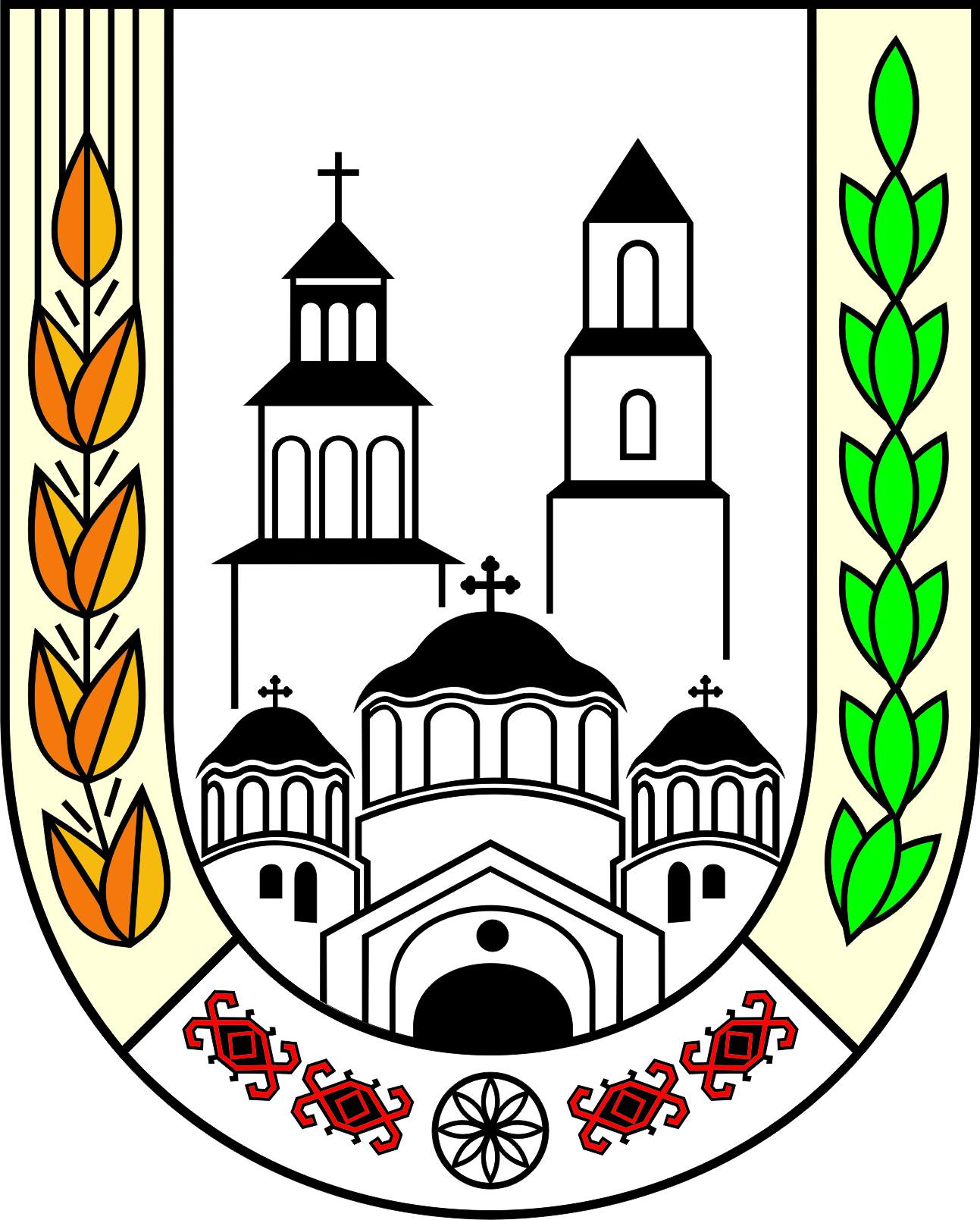
Sveti Nikole is not just a city on the map – it is a memory, a song, a home.
It is the sound of čalgija music, the smell of roasted peppers in the yard, the smile of an old man sitting under a linden tree.
Sveti Nikole is a town in the eastern part of the Republic of Macedonia, in the Ovče Pole plain. It lies in the central part of the Ovče Pole region, at an altitude of 305 meters.
There is a legend tied to this place: once, there were about 40 churches in Sveti Nikole. During the Ottoman rule, all of them were destroyed except one – the Church of St. Nicholas (Sv. Nikola). From this church, the town got its name – Sveti Nikole.
The area of Sveti Nikole has been continuously inhabited from prehistoric times until today. The oldest traces of life in the plain date back to the Neolithic period, confirmed through archaeological research. The earliest known inhabitants were the Paeonians, who lived between the rivers Axios (Vardar) and Strymon (Struma). There is evidence that Ovče Pole was the center of the Paeonian state.
Sveti Nikole is mentioned in a 1378 charter by the Dejanović brothers, which confirmed their donations to the Monastery of St. Panteleimon in Mount Athos.
During the National Liberation Struggle, on October 6th, 1944, the first District Committee of the Communist Party of Yugoslavia for the Sveti Nikole district was established here.
Until the 1870s, when the main road to Thessaloniki passed through Sveti Nikole, the town was one of the key economic centers on the left side of the Vardar River. The opening of the Vardar railway in 1873 had a negative impact, and this decline deepened in 1888 when the Vardar line was connected with the Morava railway.
Today, the population is mostly engaged in agriculture, while the main industries are:
In Sveti Nikole, tradition is not something you “keep” – it’s something you live.
The greatest pride of the town is čalgija, the musical soul of the people. No celebration happens without čalgii, no wedding without a drum and clarinet.
Folk costumes, Easter and Christmas customs, family patron saint days, the blessing of the waters – all these are a part of daily life. Every family has its own story, but all are part of the same soul – the soul of the town.
Located in the heart of Ovče Pole, Sveti Nikole is the city of bread and grain. Its cuisine reflects generosity and tradition:
Here, hospitality is not just a saying – it’s a way of life. In every home, you will be welcomed with an open heart and a table full of food.
Sports in Sveti Nikole have an inspiring tradition:
If you are far from home, it doesn’t mean you are without a town. Sveti Nikole lives in every song you play, in every glance at a photo of your family, in every bite of homemade bread.
Every time you hear čalgija, smell roasted peppers, or remember your memories – know that there is a town waiting for you to return, and a homeland ready to embrace you with all its love.